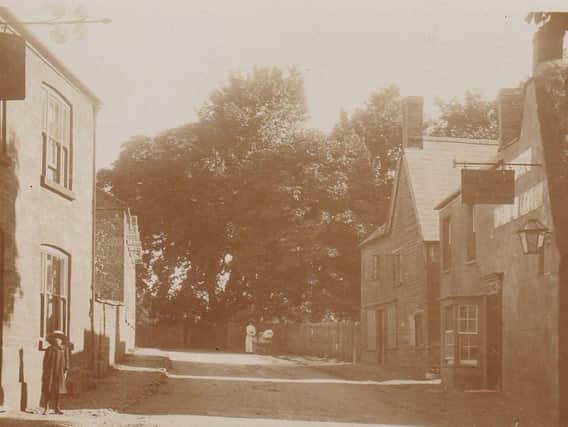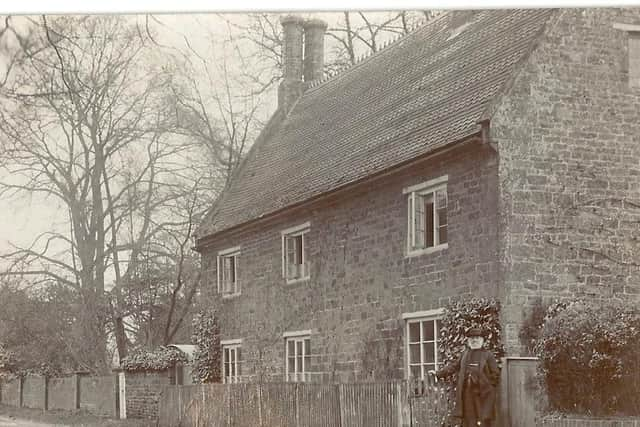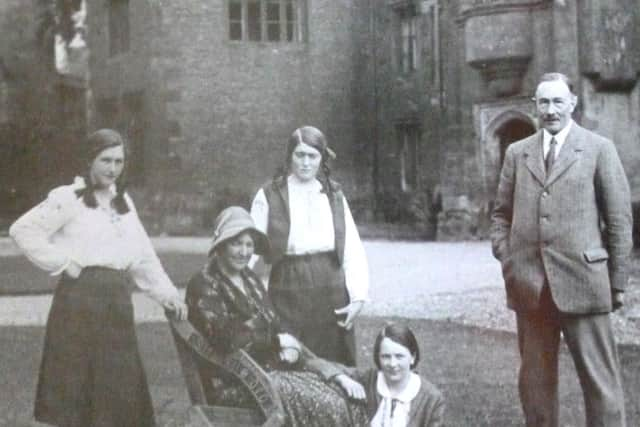Sleepy village of Watford is rich in history - Memory Lane picture special


Those from outside the area might possibly recognise its name due to being close to the Watford Gap services on the M1 motorway, but often as not they confuse it with the large town of Watford nearer to London.
Fewer still will know of its once resident; Thomas Rogers, one of the Pilgrim Fathers who sailed on the Mayflower ship in 1620 to help colonise what is today the USA, and then jump ahead a few hundred years and Watford is closely linked to the formation of the UK’s first Police Force as well as not one, but two Prime Ministers.
Advertisement
Hide AdAdvertisement
Hide AdLocal amateur historian Dan White, who runs Facebook's Watford Village History page, said: "In 1824 Harriett Eleonora Peel, the sister of Sir Robert Peel, married Lord Henley of Watford. Her brother was Prime Minister from 1824-1835 and again between 1841-1846.


"Sir Robert was also responsible for the introduction of the first properly organised police force, thus giving rise to policemen being known as 'Bobbies'. Further again and into the 20th century, its Prime Minister Anthony Eden who became the local attraction on his regular visits to his relatives at the stately manor of Watford Court."
"The name ‘Watford’, or ‘Waet-Ford’ to use its original title, comes from the Anglo-Saxon era.
“Its direct translation means ‘full of water’ and the village has numerous natural springs to explain the use of this terminology. In the 5th century it seems to have been a hot-bed for fighting, with both the Vikings and Saxons regularly competing over its ownership.”
Advertisement
Hide AdAdvertisement
Hide AdThe church of St Peter & St Paul at Watford hosts a wealth of information on Watford’s past. Even the ornate stained glass windows hold secrets to the once grandeur of the Henley and Eden family – who even today own much of the surrounding countryside.


“One of the oddest things we’ve discovered comes from the days of ‘Knights of the Realm’. When Sir Eustace de Watford - once Lord and Master of the area died, not only was he entombed within the village church itself but he insisted he was buried whilst seated on his horse and in his full Knights regalia.”
The church is open for visitors on Wednesdays and Sundays and is well-worth a visit, but the more regular history of the area can be found by visiting www.watfordvillage.weebly.com
Join Watford Village History page on Facebook for more pictures and information.
Have you got any old photographs or memorabilia you'd like to share of Daventry or the surrounding villages? I'd love to hear from you. Email [email protected]